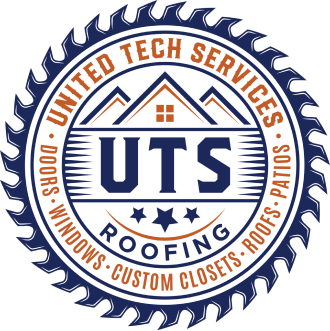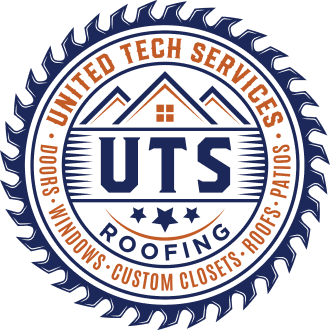Residential roof repair encompasses both preventive and emergency repairs. Preventive maintenance should include regularly climbing into the attic to look for moisture stains, mold and mildew, and shingle damage.
If you see any signs of damage, contact a vetted roofing expert for a professional evaluation. Doing so can minimize your liability and limit further damages to your home. Read on for some ideas.
Weather-Related Damage
Damage caused by the elements is an important factor to consider during a roof inspection. A residential roof repair professional can help you identify signs of weather-related damage, such as curled shingles, sagging roof deck, and interior stains. Signs of damage can be easy to miss. Inspect the ground near the visible areas of your roof to see if there are shingle pieces, metal flashing, and other debris that may have blown off during severe weather conditions.
Damage Caused by Accidents
As a homeowner, you should be aware of the damage your roof can sustain from severe weather. It’s important to inspect your property after a storm, using binoculars or other tools to document the damage. Make sure you note any shingles that are missing and the severity of the damage. You may also want to check with your insurance provider to see if they cover any of the damage or how to proceed. It’s best to get the ball rolling on a homeowner’s insurance claim as soon as possible after the damage occurs. This way, you can have your repairs completed before it gets any worse.
Homeowner’s Insurance Coverage
Homeowner’s insurance typically covers damage caused by certain perils, like fire and hail. For example, if lightning causes a tree to fall through your roof, resulting in a major leak and water damage to your living room and carpet, homeowners’ insurance may help pay for repairs and replacements under the dwelling coverage section of their policy.
This kind of damage may also be covered under the personal property section of a policy if the personal belongings in your living room are affected. However, homeowners should remember that they will have to meet the specific deductibles set forth in their homeowner’s insurance policy before these kinds of claims will be paid.
Homeowners can often save money on their deductibles by pairing their insurance policies with a home warranty program that offers additional roof coverage. Documenting the weather-related damage and following all of the insurance provider’s protocols for filing a claim can help homeowners get their new roof approved quickly.
Financing
There are many financing options available for roof repair and replacement. Some are secured by your home equity, while others don’t require it. The best option depends on the type of roof you need, how quickly it needs to be repaired or replaced, and your budget.
A home equity line of credit (HELOC) works a bit like a second mortgage and offers a borrowing limit based on your home’s current market value. HELOCs typically have lower interest rates than credit cards, but they also come with the risk that your rates will rise and you could lose your home if you default.
Personal loans are ideal for funding urgent projects because they offer fast approval and transfer of funds. Look for providers that let you prequalify without affecting your credit score, and choose one with a fixed monthly payment to create an accurate budget. Find out more!


